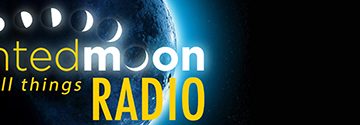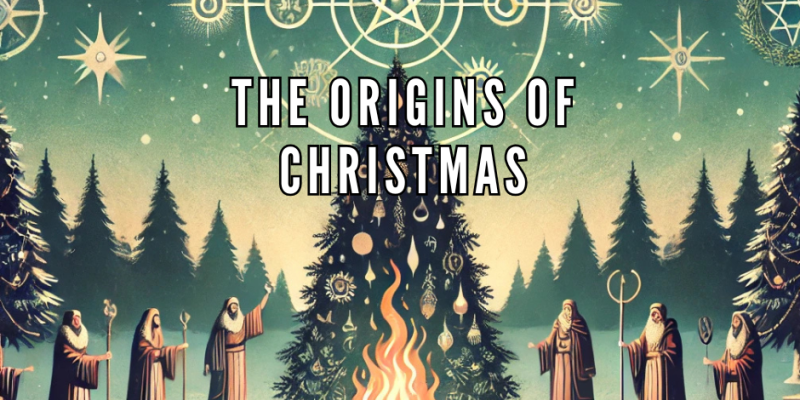Podcast: Play in new window | Download (Duration: 42:58 — 78.7MB)
Subscribe: Gaana | Email | TuneIn | RSS | More
The topic of today’s discussion is how Christmas is not at all related to Christ. You might be surprised by this, or you might even be aware of it, but you still might be on the fence whether you should do anything about it or not.
That’s what I aim to do with this podcast series, is to give you the information you need to see how much Christmas really honors a pagan sun god and how all of it’s rituals were rolled into a “Christian” holiday.
Much of my material is take from the book the Two Babylons by Alexander Hislop and Encyclopedia Britanica.
Central Thesis: Hislop argues that many Roman Catholic practices originated from ancient Babylonian paganism and were later adopted into Christianity.
Historical Claim: The book links the worship of Semiramis and Nimrod in Babylon to later forms of idolatry in various cultures.
Mary and Semiramis: Suggests the veneration of the Virgin Mary parallels the pagan worship of mother-goddess figures like Semiramis or Ishtar.
Sacraments and Rituals: Claims Catholic rituals such as the Mass, use of the cross, holy water, and confessional have roots in ancient pagan rites.
Papal Authority: Hislop asserts that the Pope fulfills a role similar to the “Pontifex Maximus,” a title from pagan Rome.
Symbolism: The book connects symbols like the cross, the obelisk, and certain festivals (e.g., Easter, Christmas) to pre-Christian pagan traditions.
Prophetic Interpretation: Hislop interprets Babylon in the Book of Revelation as symbolic of the Roman Catholic Church.
Purpose: The work is polemical, seeking to warn Protestants about perceived syncretism and to call for separation from Catholic practices.
This summary reflects the core arguments Hislop presents, though his conclusions are widely debated by historians and theologians.
Biblical Warning Against Idolatry: The Ten Commandments forbid worshiping carved images or symbols (Exodus 20:4–5), which some interpret as including religious symbols like the cross.
Focus Shift from God to Object: Critics argue that venerating or kissing the cross can shift devotion from God to a physical object.
Pagan Origins: Hislop and similar authors claim that the cross predates Christianity as a pagan fertility or sun symbol, making its use a form of syncretism.
Relics and Superstition: Treating crosses as protective charms or relics (e.g., wearing for luck or blessing) can be seen as a form of superstition rather than faith in God.
No Apostolic Precedent: The early church did not use the cross as a primary symbol of worship; emphasis came later through Roman adoption.
Object of Rituals: Bowing to or carrying the cross in processions can appear like giving it reverence due only to God.
These points are mainly presented from a critical or iconoclastic perspective. Many Christian traditions see the cross as a reminder of Christ’s sacrifice rather than an idol.
Sign up for our weekly Free Newsletter https://sightedmoon.com/newsletter-lp/
We are also giving away The Stones Cry Out PDF for FREE at this link https://sightedmoon.com/the-stones-cry-out-lp/
You can also order the following books to learn more about where we are in these last days according to the Jubilee Cycle.
It Was A Riddle Not A Command (https://sightedmoon.com/riddle-lp)
The 2300 Days of Hell (https://sightedmoon.com/2300-days-lp)
Remembering the Sabbatical Year of 2016 https://sightedmoon.com/2016-sabbatical-year-co/
The Sabbatical and Jubilee Charts https://sightedmoon.com/sabbatical-chart-lp/
The Restoration of All Things https://sightedmoon.com/restoration-abomination-co/
The Abomination That Makes Desolate https://sightedmoon.com/restoration-abomination-co/
The 10 Days of Awe https://sightedmoon.com/10-days-of-awe-co/

